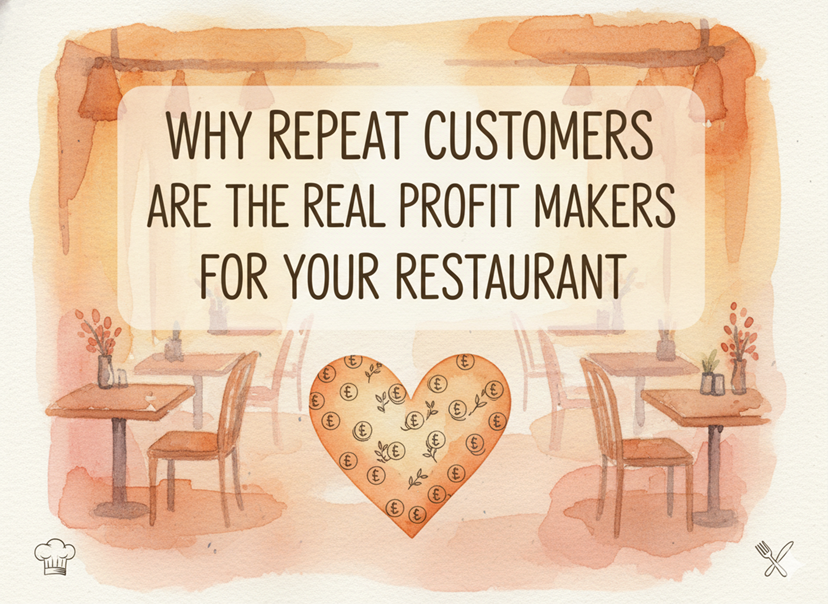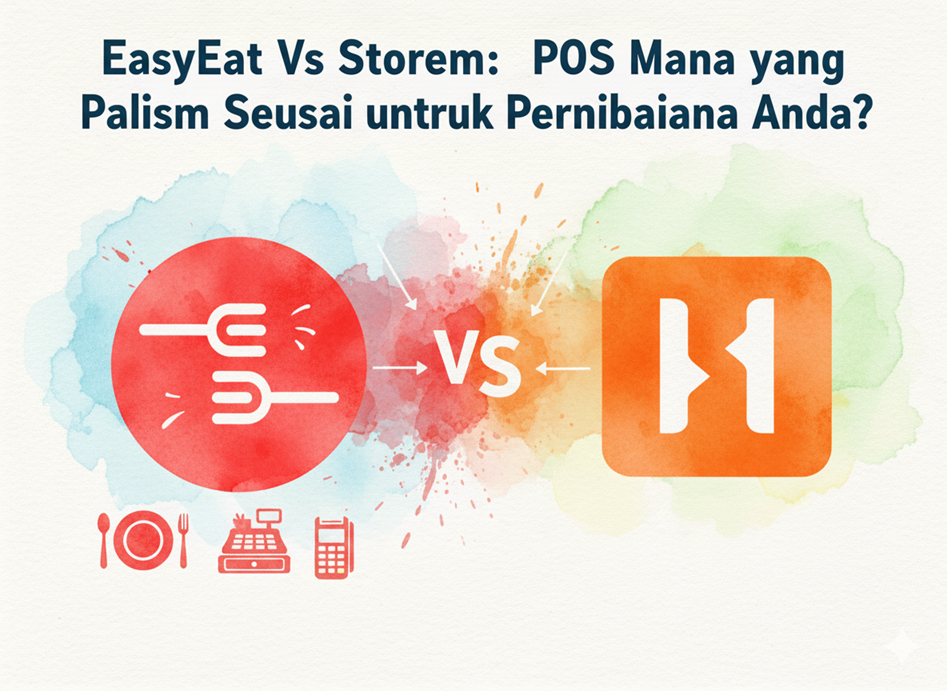Exploring the front of the house in a restaurant unveils a series of processes crucial for delivering an exceptional dining experience. Discover how leveraging a Point of Sale (POS) system strategically positions restaurants to enhance operational efficiency and elevate customer satisfaction at every stage of the dining journey.
All sections that are visible to customers are included in the front of the house of a restaurant, which includes a variety of procedures designed to deliver excellent client service and a satisfying eating experience. Here are some of the processes that happen in front of the house where using a POS system can put you in an advantageous position.
Reservation Management
You can easily handle both reservations and walk-in customers thanks to the integration of many POS systems with reservation systems. Reservations can be made online by the customers and the system can provide real-time information on reserved tables, helping the staff make informed decisions when assigning tables to waiting guests. When assigning tables to visitors who are waiting, you can make well-informed decisions by using the system’s real-time information on reserved tables. Waitlist information will be visible to every employee helping them to stay organized. Some POS systems integrate with customer loyalty programs, allowing hosts to identify and prioritize loyal customers on the waitlist.
Table Management
The POS system provides real-time information on table availability, indicating which tables are currently occupied, reserved, or available. You can quickly assess the status of the dining area and make informed decisions on seating arrangements. The POS system helps optimize table rotation by tracking how long each table has been occupied. You can use this information to seat new customers at tables that are likely to become available soon. POS systems often allow restaurants to create and customize digital floor plans. Staff can use these plans to visualize table layouts, monitor table status, and plan the order in which tables should be cleared and cleaned.
Menu Presentation
POS systems often support digital menu displays, either on tablets, dedicated screens, or integrated with the restaurant’s website. Digital menus can be visually appealing and easily updated, providing customers with a dynamic and interactive way to explore the offerings.
POS systems make it easy to highlight promotions, specials, or limited-time offers directly on the digital menu. Automatic updates ensure that customers are aware of the latest deals and can take advantage of promotions.
Order taking
By using POS systems, servers can input orders electronically, reducing the chances of manual errors associated with handwritten tickets. Order accuracy is improved as the system transmits detailed and clear instructions to the kitchen. POS systems offer the flexibility to merge separate orders from the same table. This capability simplifies the payment process and provides a better experience for customers in large groups. POS systems typically store order history, allowing servers to recall previous orders quickly. This feature is useful for suggesting favorites to regular customers or remembering specific preferences.
Payment Processing
POS systems support various payment methods, including cash, credit cards, debit cards, mobile payments, and contactless payments. Customers can choose the payment method that is most convenient for them.POS systems allow servers to split bills among multiple customers, accommodating different payment preferences. This feature simplifies the payment process for groups and ensures accuracy in dividing the total amount. Many POS systems integrate with gift card programs and customer loyalty programs. Customers can easily redeem gift cards or accumulate loyalty points directly through the POS system during the payment process. POS systems allow customers to add tips to their bills, providing flexibility for customers to express their appreciation for good service. This feature is often presented on the payment screen for customers to enter tip amounts easily.
In conclusion, the front of the house in a restaurant involves various customer-facing processes, from reservation and waitlist management to table seating, menu presentation, order taking, and payment processing. Utilizing a Point of Sale (POS) system enhances efficiency and customer satisfaction at every stage. Seamless integration with reservation systems, real-time table availability updates, and customizable floor plans optimize seating. Digital menu displays and promotion highlights improve menu presentation, while electronic order entry and integrated payment options streamline the overall dining experience, providing a comprehensive solution for restaurant management.
Use a POS system now and tell us your experience with it in the comments below and stay tuned for our next blog as it is going to be all about how you can use a POS system at the backend of your restaurant. Learn how processes like inventory management, data analytics, and staff management can become easier with POS systems.




